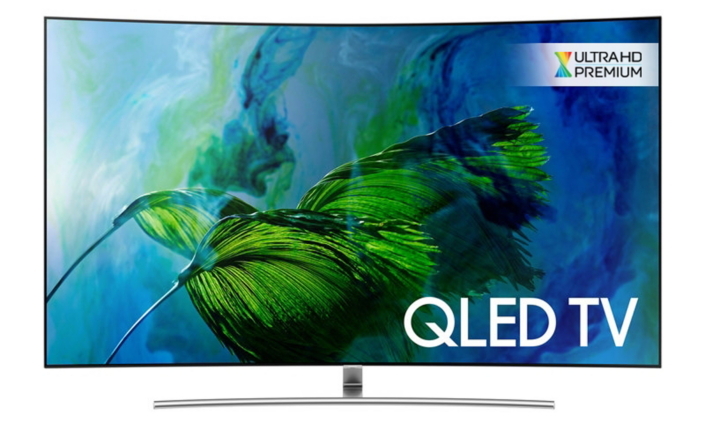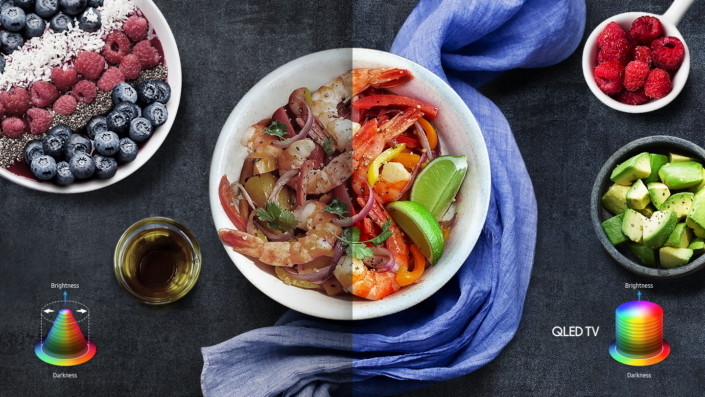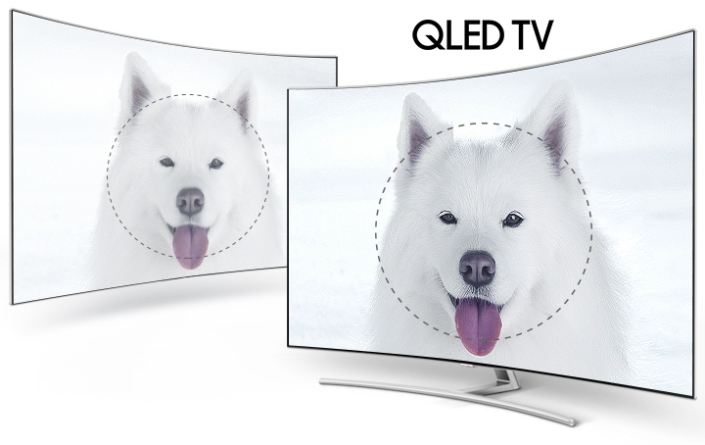Here’s what you look for before choosing a 4K HDR TV
If you're looking to buy a 4K HDR TV, our guide will fill you in on everything you need to know first.

The pursuit towards a better picture quality has led us to upgrade from Standard Definition to High Definition and on to 4K. But it doesn’t stop there. The new buzzword is HDR and there is a good chance that you’ve already come across that term. If you’re currently on the market for a new TV, you should definitely consider getting one that is 4K HDR enabled.
But what does that mean and how is 4K HDR content better? 4K refers to a screen resolution of 3,840 x 2,160 pixels, which is four times the level of Full HD. HDR stands for high dynamic range and dramatically enhances contrast ratio (or how bright and dark a TV can get) as well as a TV’s ability to express many more brilliant colors to display content perfectly true-to-the-source. Combined together, 4K HDR content takes picture quality to a whole new level and is simply jaw dropping in terms of the utter realism, brilliant color, and immersive experience it provides.
Unlike the move from Standard Definition to High Definition which took content creators a long time to get ready for, we already have tons of 4K HDR content already available. Services like Amazon, Netflix, YouTube and others are providing content in 4K HDR, with the number of titles expanding daily. New 4K HDR TVs and HDR media players are also being introduced to the market at a rapid pace. In fact, even mobile phones such as the Samsung Galaxy Note8 have screens that are capable of showing HDR content.
Choosing the Right 4K HDR TV

If you are shopping for a new TV, the first thing to look for is the ULTRA HD PREMIUM logo which is issued by the UHD Alliance for products and services that meet or exceed strict performance levels for 4K resolution, HDR, and wide color spectrum. But that’s just the start. You should also consider some of the other aspects such as:
- What is the TV’s color volume?
- Does the TV utilize advanced HDR (at least 1000nit image source)?
- Does the TV utilize advanced HDR (at least 1000nit image source)?
Let’s explore each of these criteria more deeply and take Samsung’s new QLED TV to see how it meets or exceeds in each.
Color Volume
To display 4K HDR content at its best, it’s important to become familiar with the concept of color volume, and to look for a TV that offers 100% color volume. This standard measures two elements of the TV with three-dimensional space – the color gamut and the brightness level. The color gamut looks at the amount of colors that can be displayed physically. The peak brightness represents the display’s maximum brightness level. The larger the color gamut and the higher the brightness, the bigger the color volume of the TV.

Samsung’s new QLED TV combines quantum dot light and RGB color for 100 percent color volume expression—it’s the first TV to be validated as such by the world-class testing and certification association, Verband Deutscher Elektrotechniker (VDE). QLED is able to achieve 100% color volume and precise colors through the unique combination of quantum dot light and a pure RGB color filter. What this means for 4K HDR content is that Samsung QLED will display the content with absolutely precise color accuracy, and exactly as the content creator intended it to look.

Advanced HDR Utilization
Even though HDR is a recent advancement, there are already variations to this new technology in particular involving the nit level (or visible-light intensity) a particular HDR-type is able to capture.

When it comes to 4K HDR content, the key is to keep in mind the requirement of 1000nit. A TV that cannot capture a 1000nit image source will not be able to depict content, particularly 4K HDR, completely true-to-the-source. Taking the Samsung TV example, it is able to express a peak brightness of up to 1500-2000nit (surpassing the 1000nit requirement) into its QLED TV. Samsung QLED TV’s advanced HDR capability ensures it is able to depict 4K HDR content with perfect true-to-the-source accuracy, just as the content creator intended.
Brightness and Contrast
The final criteria to consider in choosing the ideal 4K HDR TV is the TV’s brightness and contrast, specifically the peak levels of brightness the TV is able to achieve. In addition to deep blacks, many experts consider a TV’s brightness levels to be key to outstanding picture quality given the significant difference of varying brightness levels to the human eye. Samsung’s new QLED TV utilizes 32 precision brightness block adjusters, to automatically adjust the brightness level block by block, making dark images appear darker and bright images appear brighter.
Samsung QLED TV’s brilliant light source, based on quantum dot, also helps it produce exceptional brightness and contrast in any setting ensuring 4K HDR content will get the play it deserves in diverse home and other environments.

As the year continues, it’s no doubt you’ll be hearing much more about 4K HDR – from new content and titles to TV and media hardware. The dawning of the 4K HDR era promises to be an exciting one, and we hope you stay tuned as Samsung continues to introduce further innovations in this area.
Get daily insight, inspiration and deals in your inbox
Sign up for breaking news, reviews, opinion, top tech deals, and more.

Abbas has been living and breathing tech before phones became smart or clouds started storing data. It all started when he got his very first computer- the Sinclair ZX Spectrum. From computers to mobile phones and watches, Abbas is always interested in tech that is smarter and smaller because he believes that tech shouldn’t be something that gets added to your life- it should be a part of your life.